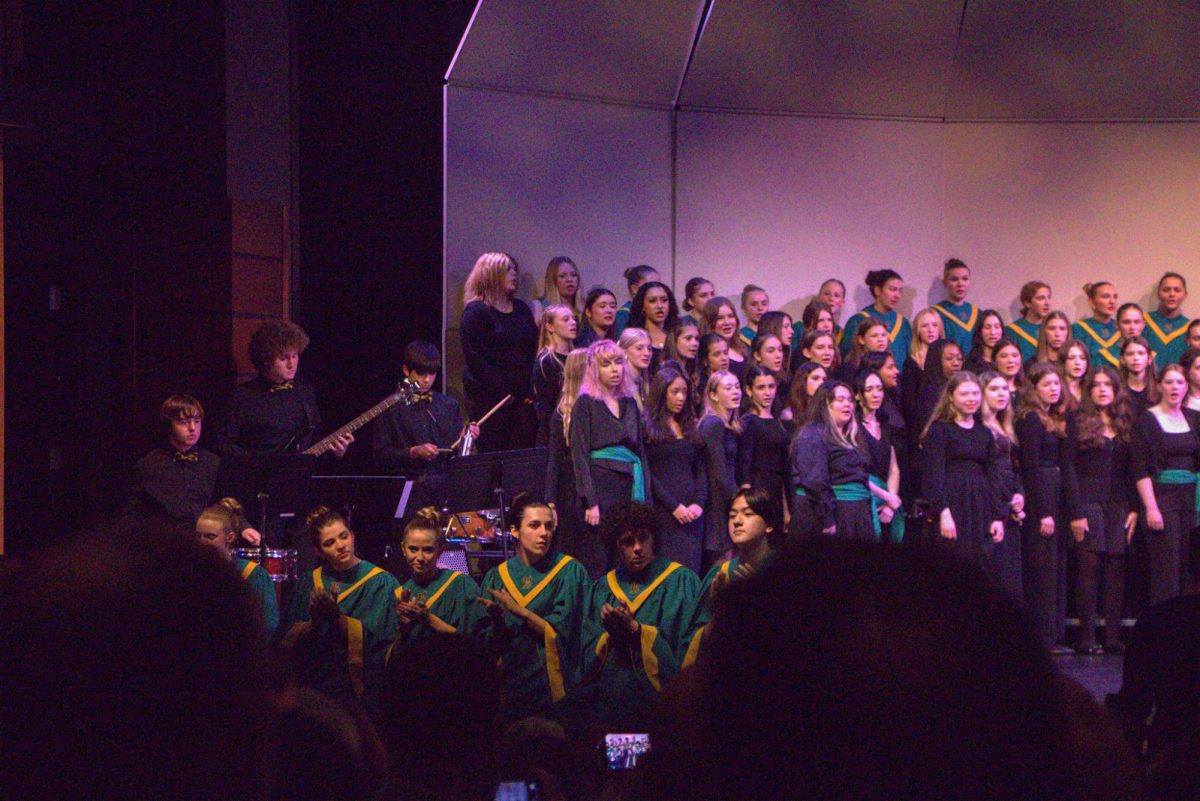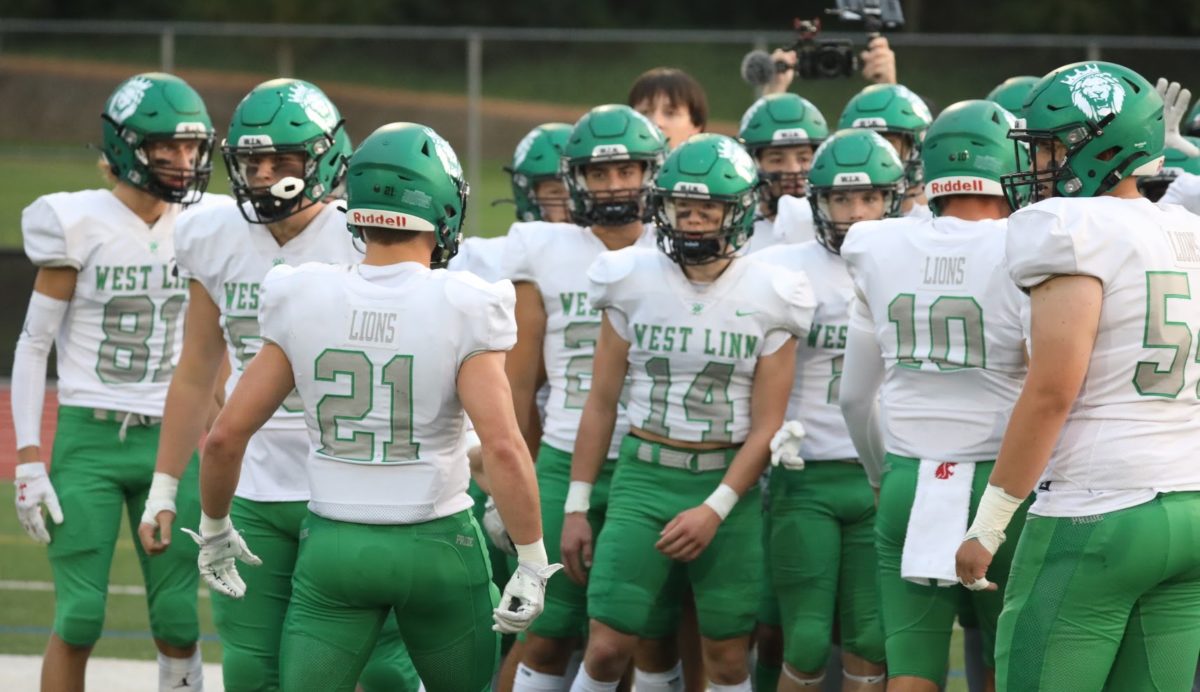
The writer’s strike was a 148-day strike that lasted from May 2 to Sept. 27. The strike was the second largest strike in Hollywood history. The strike consisted of screenwriters and celebrities like Pete Davidson, Adam Sandler, and Lin-Manuel Miranda who marched in protest against Artificial Intelligence (AI) being used in their jobs, low royalties, and low pay.
In an article published by National Public Radio (NPR), two members of the Writers Guild of America (WGA), Kylie Brakeman and Elise Brown, share how difficult their lives became during the strike.
“I definitely felt a little aimless, a little wandering,” Brakeman said. “It sort of felt like the first week or two of [COVID-19] lockdown, but only applied to us.”
Brown shares that while on strike she was concerned with how she would make ends meet financially. Writers didn’t know when the strike would end so they could resume work.
“I’d say that in the first month or two, I was able to write,” Brown said. “But towards the second half of it or so, there was just so much anxiety and emotion built up in terms of trying to figure out where the strike was going and trying to continue to make ends meet.”
The strike slowed down the production of shows and movies. According to an article from Today News, some shows lost writers, while others chose to pause their production until the strike was over. The strike affected network television and shows such as Saturday Night Live, Jimmy Kimmel Live, and The Tonight Show with Jimmy Fallon. It also affected shows such as Stranger Things on Netflix, and Abbott Elementary, which is produced by ABC.
According to Jack Kyser, the chief economist of the Los Angeles County Economic Development Corporation, the strike cost Hollywood $30 million a day and had an almost $3 billion dollar impact on California’s economy.
Hollywood creates thousands of jobs, according to CNBC Lee Ohanian, an economist and professor at the University of California, Los Angeles.
“Across the state, some 700,000 people are employed in entertainment jobs, or close to 5% of the California workforce,” Ohanian says.
Ohanian also reported that people who have jobs in the entertainment industry make up almost 20% of the Los Angeles area income.
As more people move to California, the real estate market improves. The better the market is, the higher the demand for real estate agents, creating jobs. Not only is Hollywood benefiting actors, actresses, and writers by employing them, but also benefiting everything from furniture stores to real estate offices, and more.
Another reason California is dependent on Hollywood is because of all the people it brings in. Hollywood contributes to the “California dream” idea. In an article written by ABC7 news writer Jose Mayorquin, Colleen Bell, executive director of the California Film Commission says that Hollywood’s influence is worldwide.
“Hollywood and the entertainment industry is such a big part of the California dream,” Bell said. “The entertainment content that is made here in the state of California is beamed all over the world.”
Hollywood has a history of strikes. The writer’s strike of 2023 was the first writers’ strike in 15 years. The last strike took place in 2007 to 2008 and lasted 100 days. The strike was also over contracting and writers needed to be appropriately compensated.
Kyser says that the strike of 2007-08 cost the state of California an estimated $2.5 billion. The 148 days ended with a deal to end the strike. The deal was approved by 90% of union members according to a USA Today article.
The 2023 writers’ strike was very successful and ended in a three-year deal the WGA made with major Hollywood studios according to npr.org.
“We can say, with great pride, that this deal is exceptional,” the WGA wrote in a letter to its 11,500 members. “With meaningful gains and protections for writers in every sector of the membership.”
Although the writers’ strike is over, actors are still on strike and they are fighting for a wage increase, improved residual payments from streaming services, and protections against the use of AI.


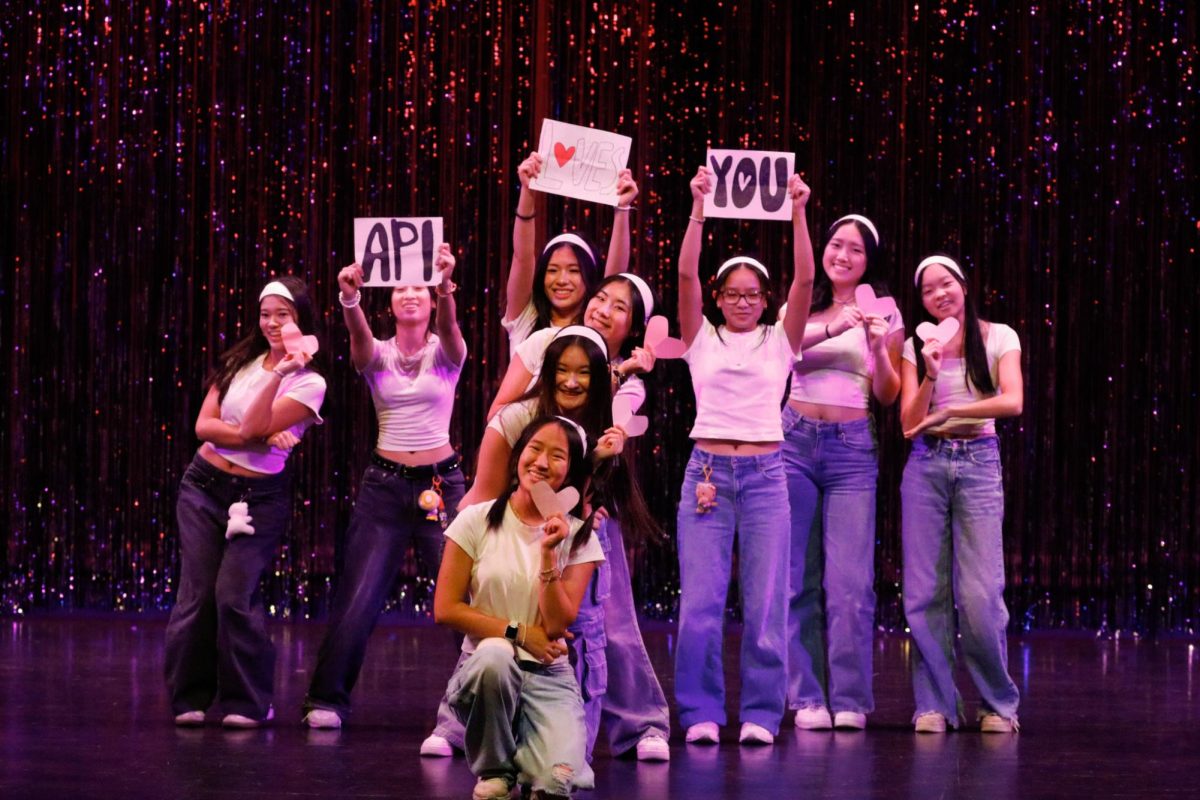
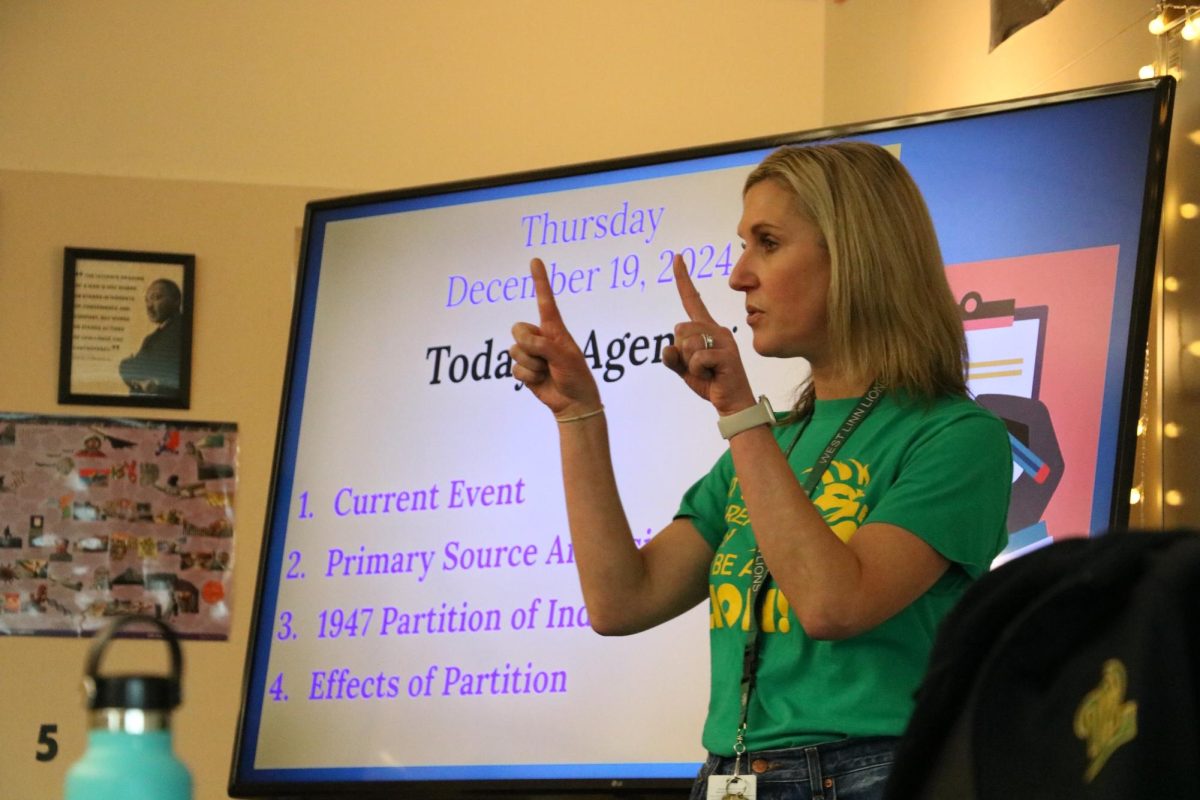






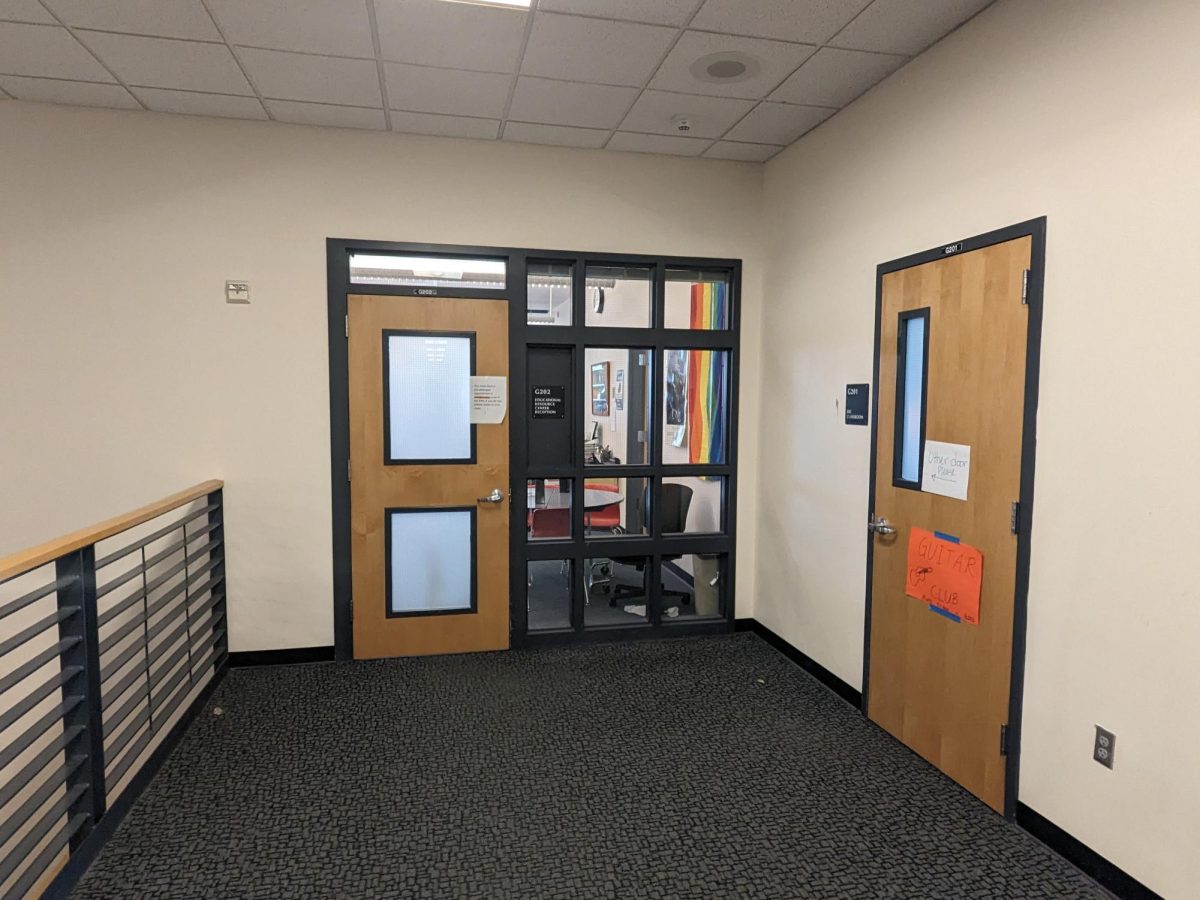












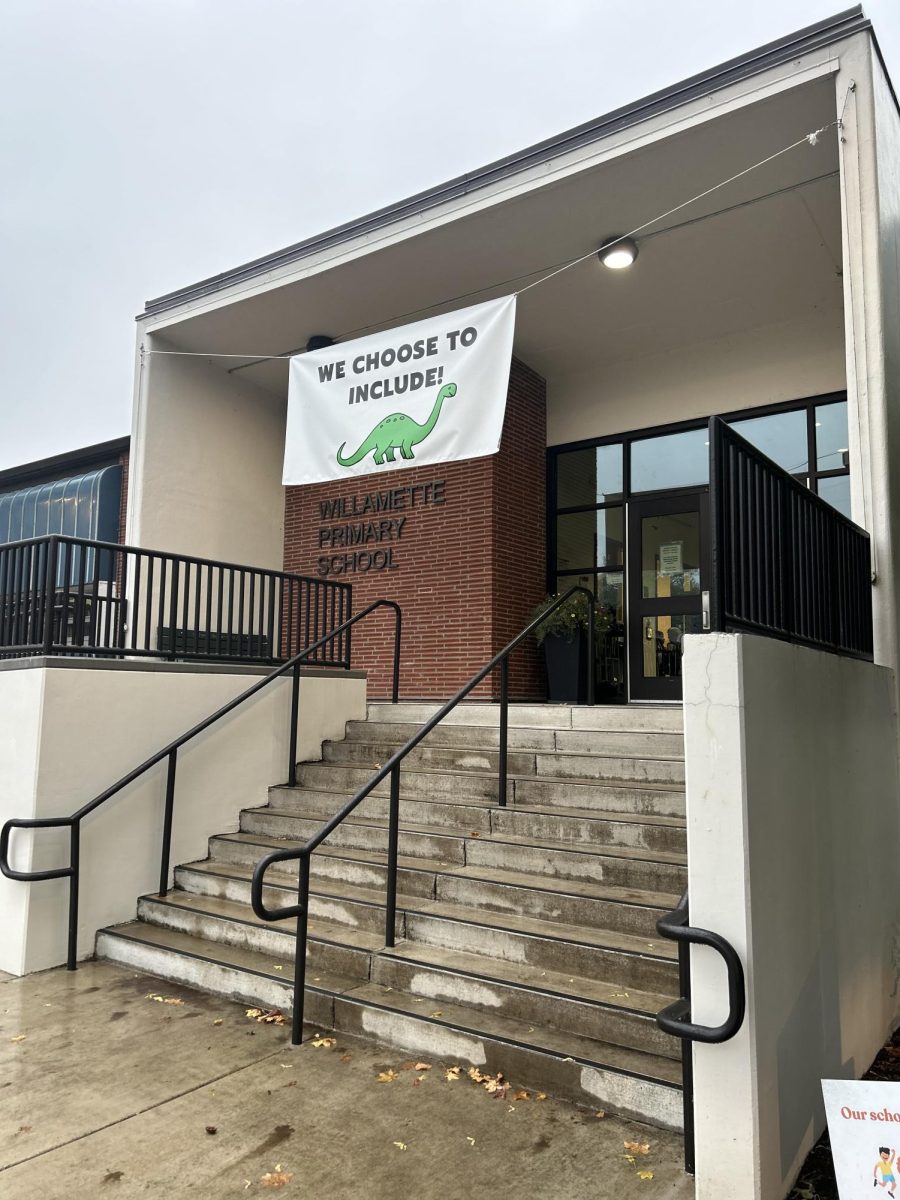
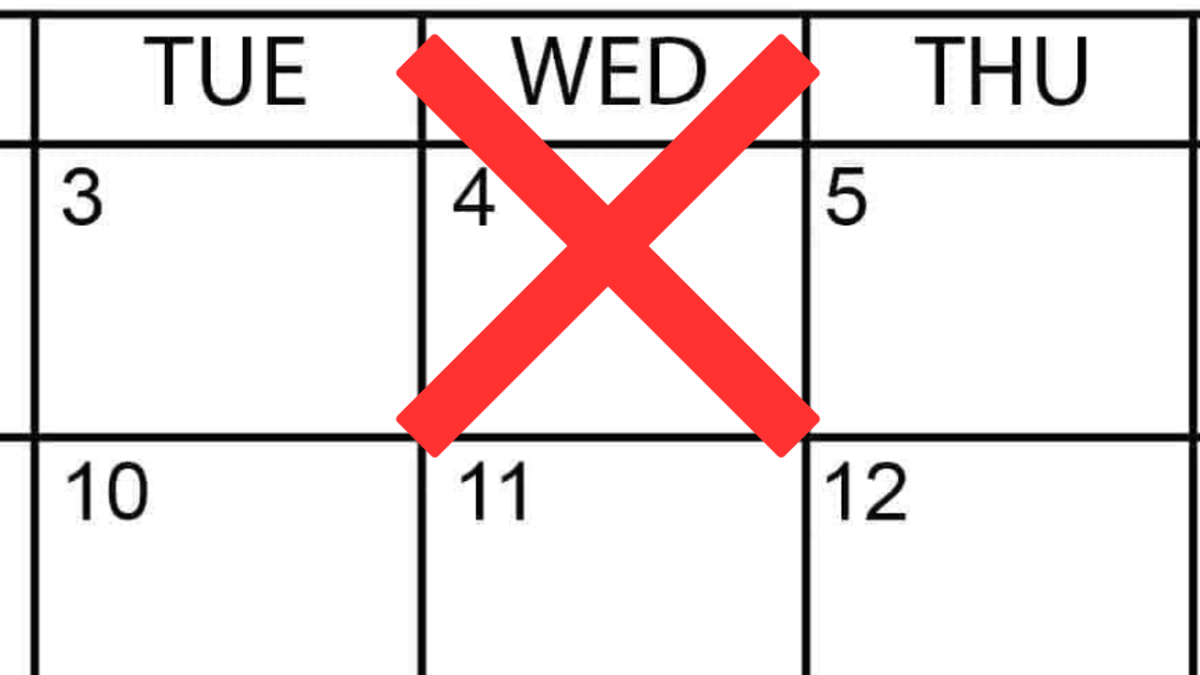

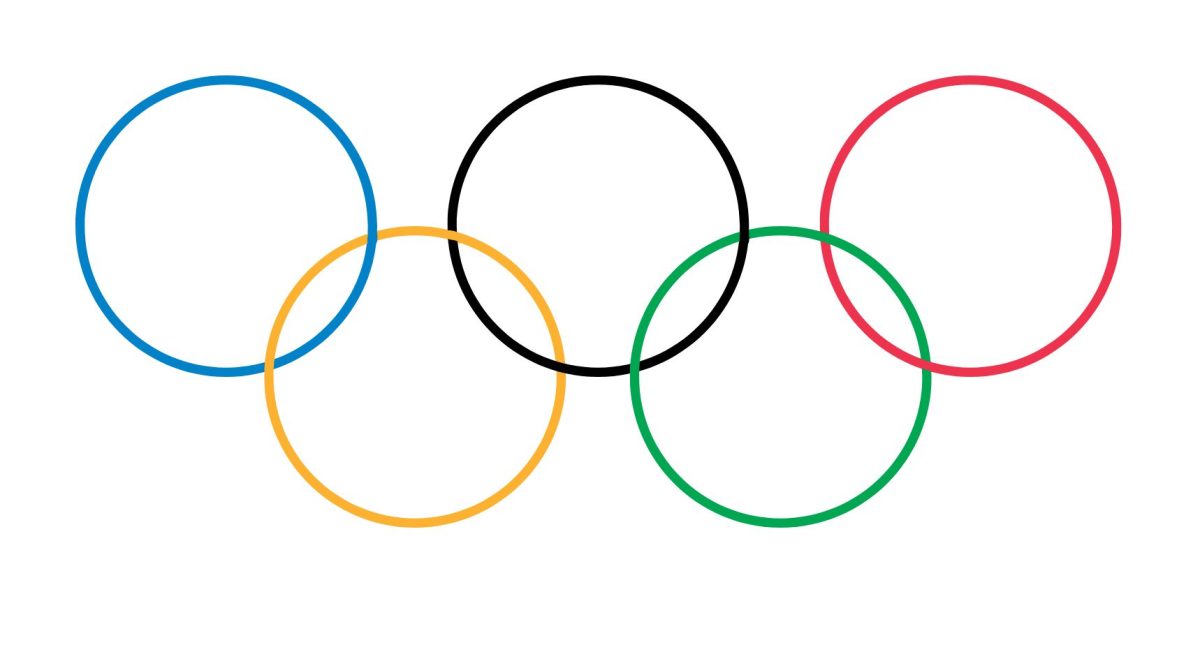





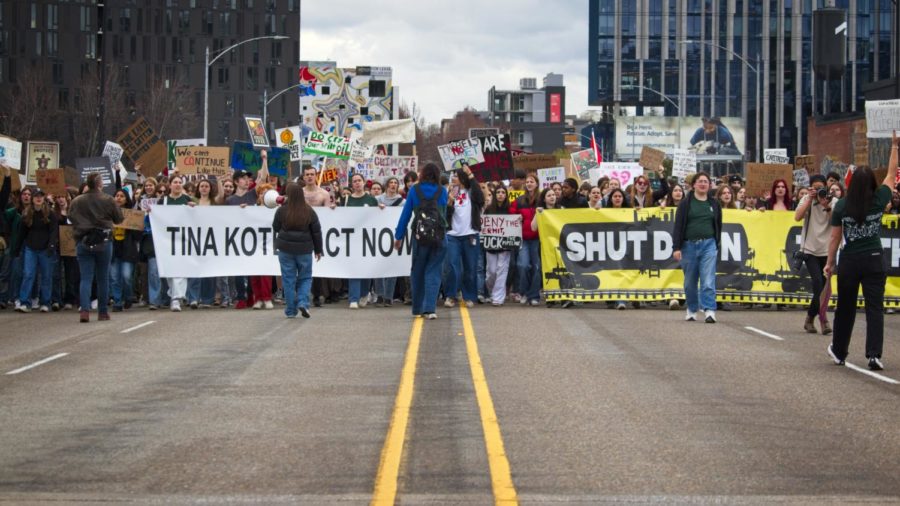
























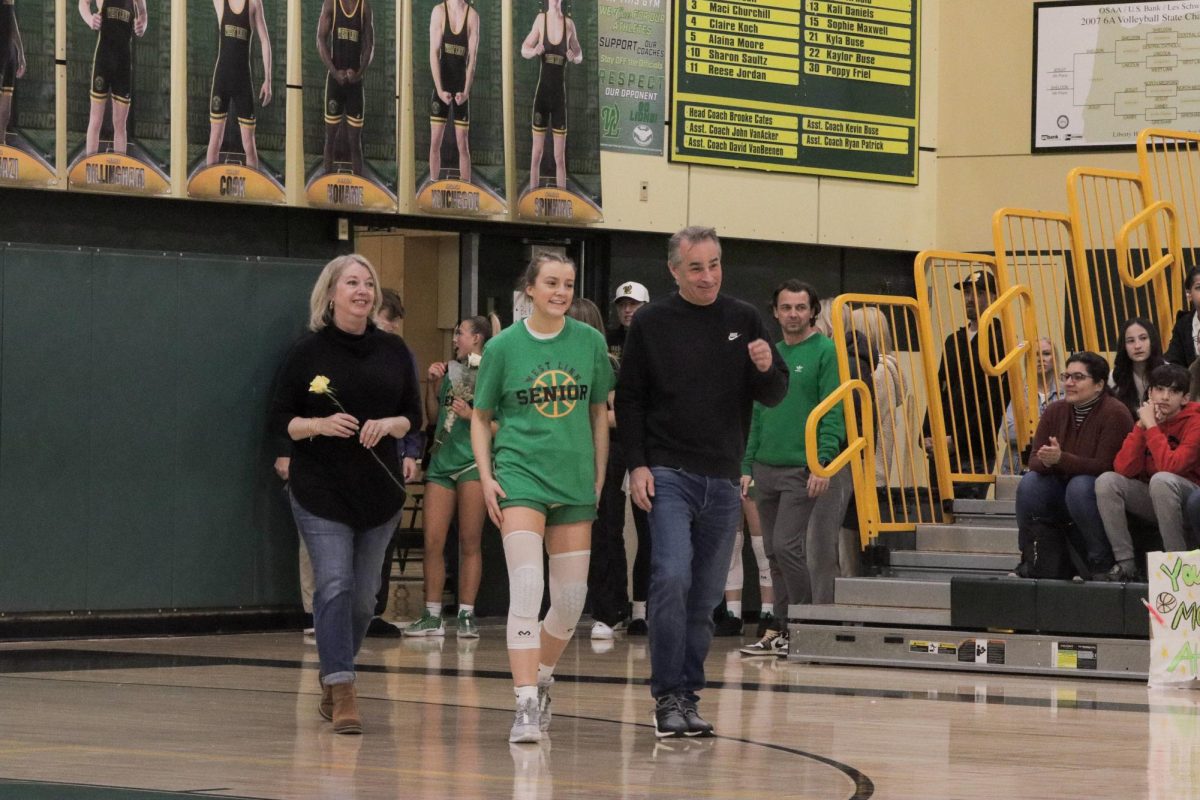



![At the bottom of the third inning, the Lions are still scoreless. Rowe stands at home plate, preparing to bat, while Vandenbrink stands off to the side as the next batter up. Despite having the bases loaded, the team was unable to score any runs. “It’s just the beginning of the season. We’re just going to be playing out best by June, [and] that’s where champions are,” Rowe said.](https://wlhsnow.com/wp-content/uploads/2024/03/IMG_3077-1200x900.jpg)










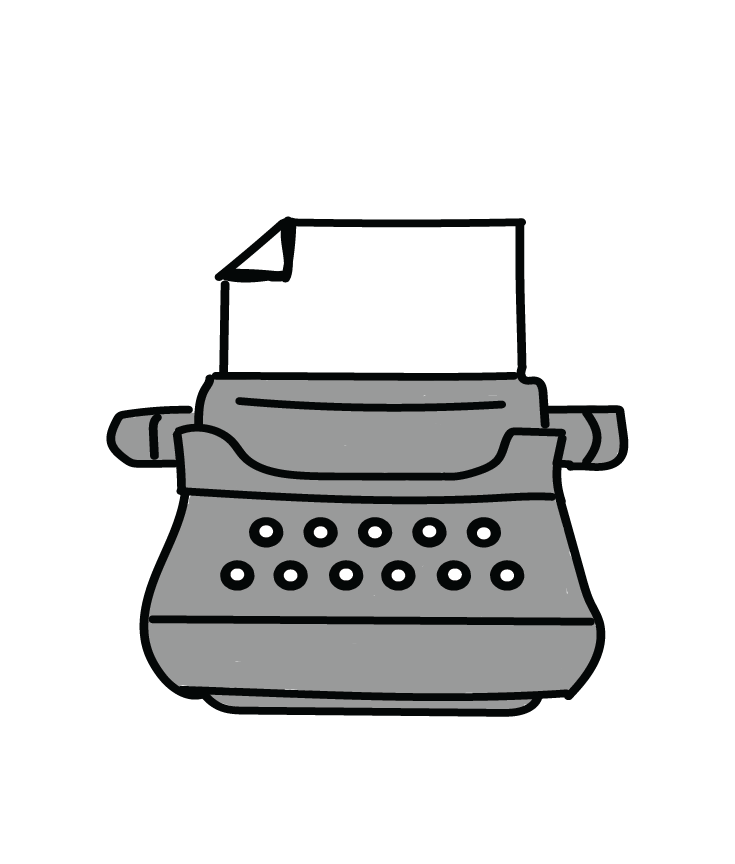















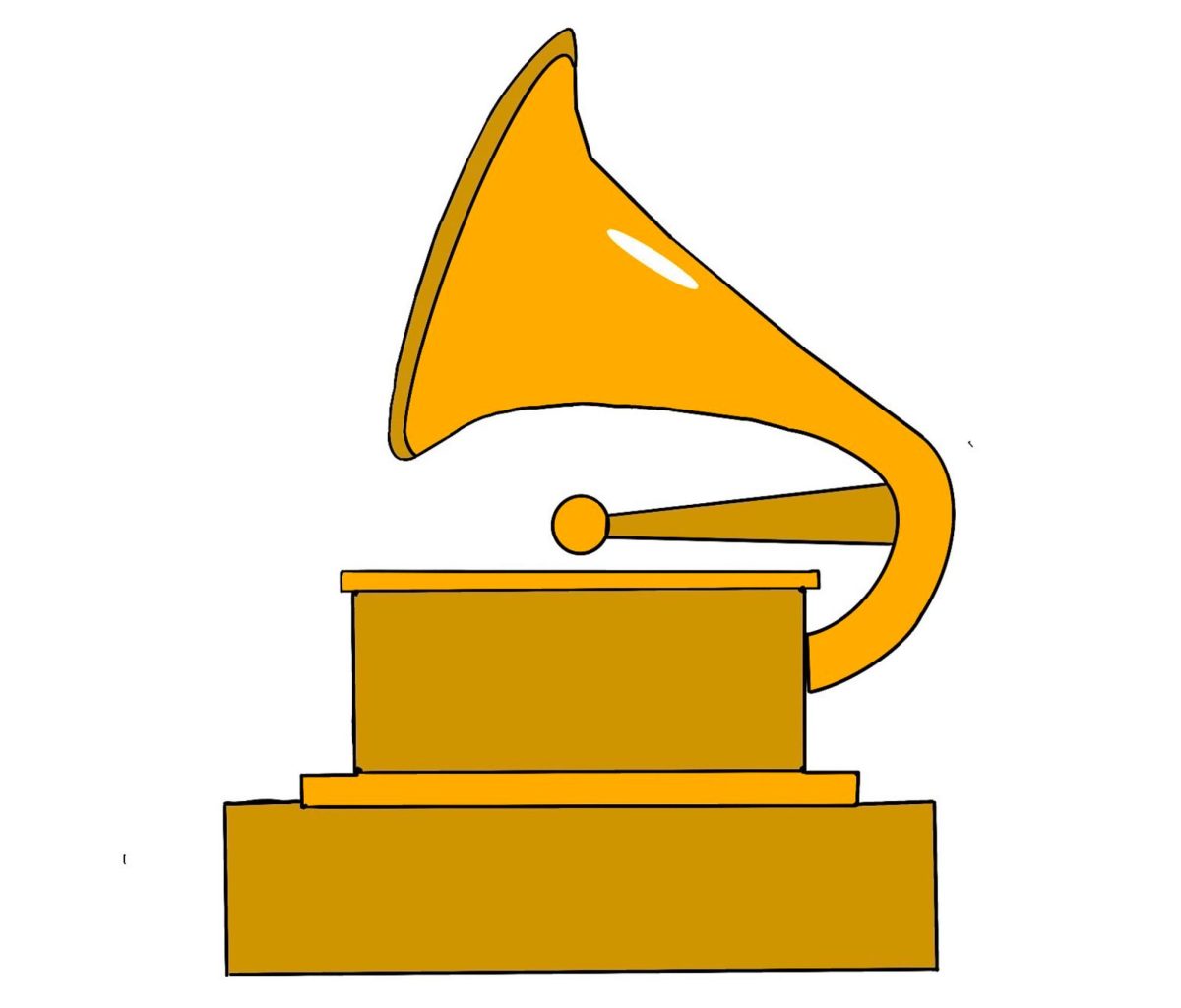












![All smiles. The group poses for a photo with last year’s book, “This is Our House,” along with their award for third Best in Show. Meikle, who was an Editor-in-Chief for the yearbook last year as well, holds both and stands at the center of the group. “That was an amazing feeling, going and grabbing the third place award,” Meikle said. “All of it paid off. I cried so much over that book, being able to receive [the award] was one of the highlights of my high school career, it was like the coolest thing ever.”](https://wlhsnow.com/wp-content/uploads/2024/11/8bookpose_philly-1200x800.jpg)
